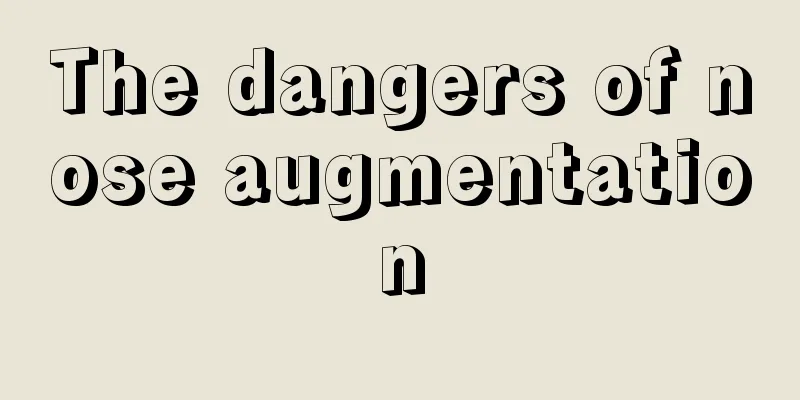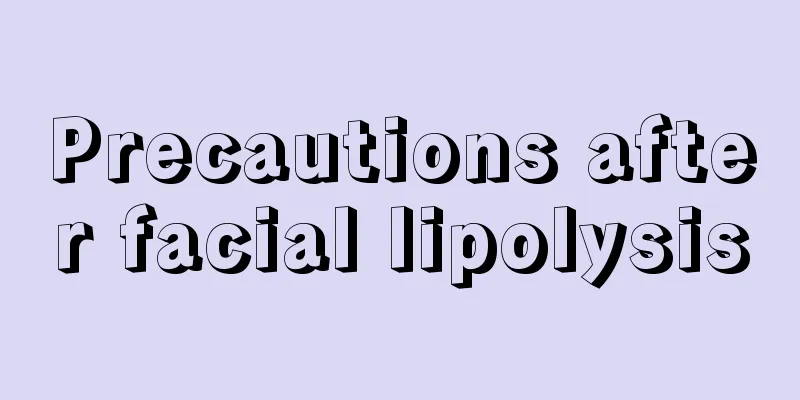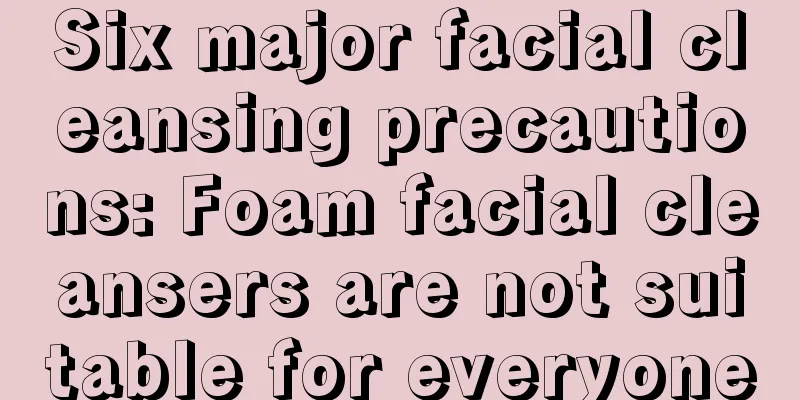The dangers of nose augmentation

|
Expanded polytetrafluoroethylene is a technique for rhinoplasty. With the continuous development of plastic surgery technology, many people who want to make themselves more beautiful or have defects in their noses can choose expanded polytetrafluoroethylene rhinoplasty as a solution. This technology has both advantages and disadvantages. We cannot just see the bright side, but also need to be aware of the possible harms. So, what are the dangers of nose augmentation? Surgical infection Expanded polytetrafluoroethylene is a rhinoplasty material. People who know about expanded polytetrafluoroethylene rhinoplasty know that it has a higher chance of infection than silicone prosthesis rhinoplasty. The unique microporous structure on the surface of expanded polytetrafluoroethylene material allows the body's own capillaries to grow into it, just like its own tissues. However, the grown capillaries also make expanded polytetrafluoroethylene the best culture medium. Once bacteria enter, it is easy for them to multiply in large numbers. Therefore, expanded polytetrafluoroethylene rhinoplasty has certain risks. Expanded polytetrafluoroethylene rhinoplasty infection is divided into postoperative infection; if the infection occurs within half a month after the operation, it means that the doctor's aseptic operation during the operation was not strict enough. As long as the doctor strictly follows the aseptic standards during the operation, the postoperative wound is sutured closely, the sutures are removed after the operation, and the dressing and care after the sutures are removed are careful, the infection rate can be reduced. Regarding the issue of long-term infection of expanded polytetrafluoroethylene, if the infection occurs two months, half a year, or a year later, it has a lot to do with the patient's own condition, and most of these are caused by retrograde infection. Why do I say this? There are several cases I have encountered and heard of in practice. Some of them are caused by people who like to pick their noses and cut their nose hairs, which cause rupture of the nasal mucosa. Bacteria invade the expanded tissue along the center of the rupture, causing infection. Others are boils on the nose, or blackheads caused by excessive oil secretion in the nose, which then cause retrograde infection by squeezing the blackheads. Therefore, it is important to understand expanded polytetrafluoroethylene rhinoplasty so as to prevent expanded polytetrafluoroethylene rhinoplasty infection. After expanded polytetrafluoroethylene rhinoplasty surgery, especially if the surgical area is injured, the patient must go to the hospital for a follow-up visit in time. If the prosthesis is exposed, it should be removed in time to avoid secondary infection. In order to prevent infection after expanded polytetrafluoroethylene rhinoplasty, we recommend that you choose a regular plastic surgery hospital to undergo expanded polytetrafluoroethylene rhinoplasty repair in order to achieve a better plastic surgery effect. Sequelae Expanded polytetrafluoroethylene rhinoplasty has its advantages, but it also has its side effects: 1. Material infection. Since expanded materials have many micropores, blood vessels and tissues can grow into the micropores, which is conducive to bacterial growth, so expanded materials are prone to infection. For this reason, when performing expanded polytetrafluoroethylene rhinoplasty, the operation must be performed under strict aseptic conditions, and the doctor must be experienced and skilled. 2. Poor three-dimensional effect Some people have a poor three-dimensional effect after rhinoplasty with expanded polytetrafluoroethylene. Why is this? Experts say that this is mainly caused by the doctor's inadequate carving skills. However, a skilled doctor can still create a very beautiful nose using expanded polytetrafluoroethylene rhinoplasty. 3. Not easy to remove There is a saying that problems may arise after rhinoplasty with expanded polytetrafluoroethylene and it is difficult to remove it. Indeed, compared to silicone, it is indeed more complicated. But it does not mean it cannot be removed. For experienced hospitals, removing expanded polytetrafluoroethylene rhinoplasty is even simpler than removing silicone. |
<<: Does massaging your nose really make it straighter?
>>: Remedies for face-lifting sunken areas
Recommend
Dark yellow, dry and red skin
Skin color is an important basis for judging heal...
How long does it take before I can put on makeup?
How long after thread embedding can you put on ma...
What should I do if I have acne on my face?
The face is the most prone to acne, and acne on t...
What is the function of Tremella mask?
Tremella mask is a mask made of Tremella. Because...
How to make your own pore-tightening toner
Many people are prone to acne on their faces beca...
What are the effects of tomato mask
Tomatoes are rich in vitamin C, which can effecti...
Using egg white to remove blackheads
Blackheads are caused by the skin being frequentl...
What can you drink to slow down aging?
When it comes to delaying aging, I believe this i...
In which layer of the skin are freckles located?
There are many kinds of spots on the skin, and if...
Which formula of self-made hair dye is good?
The hair dyes used in barber shops contain some c...
What kind of tea can cure acne?
As we pay more attention to health, we discover m...
The pros and cons of endoscopic and endoscopic eye bag surgery
In addition to being related to genetics, the exi...
Is liquid eyeliner better or eyeliner pencil?
Makeup is something that many modern women must d...
The best cosmetics for hydration
The hustle and bustle of daily life has made many...
How to remove heavy beard marks
For men, if the beard is relatively thick, shavin...









